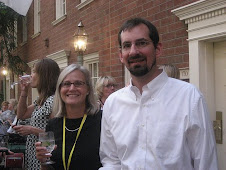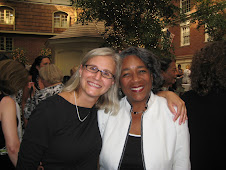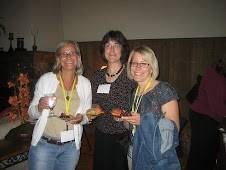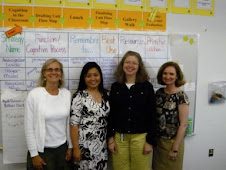Jim Hatten developed the following independent unit for students to complete outside of class for a book of their choosing.
Each quarter, English 10 students select one book to read outside of class. Though somewhat structured, the purpose of the outside reading project is to help students develop into independent readers by allowing them to choose a topic or title that is of interest to them.
During the quarter, students are expected to demonstrate proficiency at comprehension, interpretation, and evaluation of reading.
In Quarter 3 of English 10, the category for the outside reading project is a book that has won a significant publishing award such as the ALA, Caldecott Medal, the Pulitzer Prize, the ALA Alex Awards, and many, many others.
A parent must approve the book chosen by the student and needs to sign the cover to this packet signifying their approval and understanding of the project. Students complete projects spread throughout the quarter and hand them in on time or ahead of time to receive full credit.
The following Thinking Map assignments are part of the independent study. The descriptions have been taken right from the student assignment packet.
Circle Map Clue Search
Examine the book before reading and complete a circle map for their "clue search" for this pre-reading, prediction activity. Put the book's title in the middle of the circle map and define the book with words and phrases that you have found through examining the following possible sources of hints:
Dedication
Title
Author
Cover illustration
Back cover/jacket
What others said
A quick glance at a few pages
In the frame of the circle map, write your predictions about the book.
Characterization Tree Map
Characterization is the process of conveying information about characters in a piece of fiction. Characters are usually presented through their actions, dialect, and thoughts, as well as by description. Characterization can regard a variety of aspects of a character, such as appearance, age, gender, educational level, vocation or occupation, financial status, marital status, social status, cultural background, hobbies, sexual orientation, religious beliefs, ambitions, motivations, personality, etc.
After reading one-fifth of your book, you should have a good idea of the development of the main character (or person of central focus in your non-fiction book). The author should be developing the main character – how he/she looks and acts. Complete a tree map using information from the first one-fifth of your book.
Four ways to learn about characters--Look carefully for quotations about the main character’s appearance and personality to collect on the tree map. Character development is done in four ways. The four branches of your tree map need to reflect the following four ways of character developement.
Narrator’s Description--The way the character is described by the narrator (what the author literally says about what a character is like);
Character’s words--what the character says to describe him/herself;
Character’s actions--what the character does (the actions and physical appearance of that character);
Other characters say--what other characters say or do to that character.
Cause/Effect Multi-Flow Map
Create a multi-flow map that analyzes the causes and effects of the central conflict in the book. The causes of the conflict are on the left, and the major effects of that conflict are on the right.
Double Bubble Comparison to Another Text
Using a double bubble map, compare and contrast your book, character or characters, events, issues, topics, motifs or theme to another book, movie, story, play or other work of literature.
--Jim Hatten, English 10
Thursday, February 28, 2008
Thinking Maps for Independent Reading Project
Labels:
circle map,
double bubble,
language strategies,
multi-flow,
reading,
thinking maps,
tree map
Subscribe to:
Post Comments (Atom)







No comments:
Post a Comment